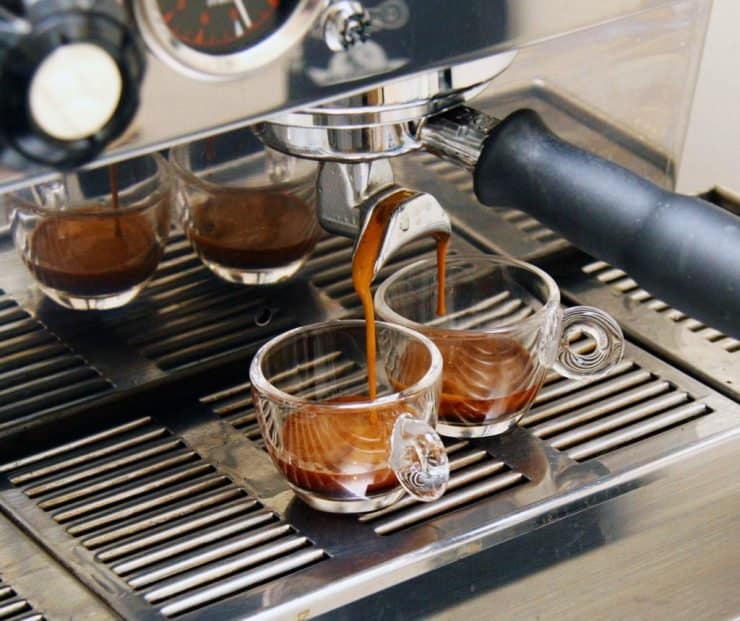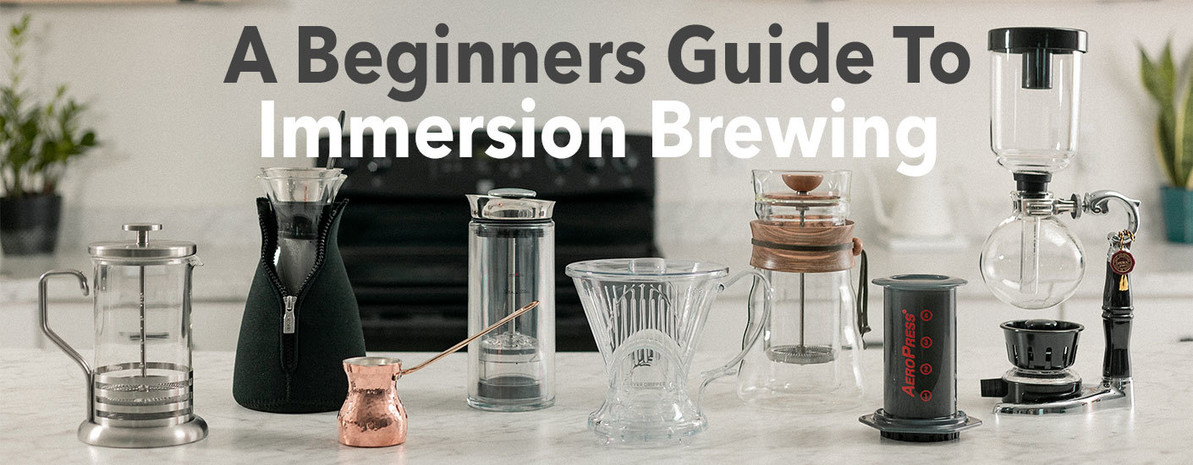Introducing the Scientific Research Behind Various Coffee Brewing Methods and Their Benefits
Introducing the Scientific Research Behind Various Coffee Brewing Methods and Their Benefits
Blog Article
The Scientific Research Behind Coffee Developing: How Temperature and Time Affect Your Beverage
Understanding the science behind coffee brewing reveals that temperature level and time are not plain variables however essential components that dictate the beverage's flavor account and total quality. The optimal developing temperature level usually falls between 195 ° F and 205 ° F, while the period of removal differs substantially throughout various methods. This interaction of aspects can lead to a cup that is either fascinating or disappointing. As we discover the subtleties of these components, the inquiry emerges: just how can one efficiently balance temperature level and time to accomplish that perfect brew?
The Chemistry of Coffee Removal
The chemistry of coffee extraction explores the elaborate processes that change raw coffee beans right into the fragrant drink appreciated worldwide. This change largely includes the solubility of various substances present in the beans, which are influenced by aspects such as grind dimension, water quality, and the developing technique utilized.
Throughout the brewing process, hot water functions as a solvent, drawing out soluble compounds, including caffeine, lipids, acids, and sugars, from the coffee premises. Each compound contributes to the flavor profile, aroma, and body of the last beverage. As an example, acids are responsible for tasty and brilliant notes, while oils add to a rich mouthfeel.
The first phases of developing extract acids and sugars, leading to a pleasant level of acidity, while extended removal can lead to anger due to over-extraction of unfavorable compounds. Comprehending these chemical communications is vital for maximizing brewing methods, as the equilibrium between extraction time and water temperature can considerably influence the general quality of the coffee.
Perfect Brewing Temperatures
Discovering the ideal brewing temperature is necessary for unlocking the full possibility of coffee flavors and fragrances - coffee brewing methods. Study suggests that the optimum range for developing coffee exists in between 195 ° F to 205 ° F(90 ° C to 96 ° C) Within this range, the removal procedure effectively dissolves the desirable soluble compounds in coffee beans, resulting in a well balanced and savory cup
Brewing at reduced temperatures, such as listed below 195 ° F(90 ° C ), might cause under-extraction, producing a weak and acidic brew with soft tastes. Alternatively, developing at temperature levels exceeding 205 ° F(96 ° C) can cause over-extraction, generating a severe and bitter preference as a result of the extreme dissolution of unwanted substances, such as tannins.
Moreover, the perfect developing temperature can differ depending on the coffee bean type and roast degree. Lighter roasts often benefit from slightly higher temperatures to enhance their intricate taste accounts, while darker roasts might be much better matched to reduced temperatures to mitigate resentment.
Inevitably, preserving accuracy in brewing temperatures is vital for achieving an unified balance of flavors, making sure that every cup of coffee supplies a satisfying sensory experience.
Influence of Developing Time
Developing time plays a critical role in establishing the flavor account and overall top quality of coffee. The extraction procedure, which influences the taste, aroma, and body of the drink, is largely based on the length of time the coffee grounds are in contact with water. Shorter brewing times can cause under-extraction, i was reading this resulting in a weak or sour taste, as not adequate soluble compounds are liquified. Conversely, long term developing can bring about over-extraction, where unfavorable substances are released, resulting in an astringent or bitter taste.
Ideal developing time varies depending on the approach used and the work dimension of the coffee. A French press generally requires about 4 mins, while coffee removal is normally finished within 25 to 30 secs. It is important to calibrate developing time in combination with other variables, such as water temperature and coffee-to-water ratio, to attain the wanted taste account.
Comprehending the impact of developing time allows coffee fanatics to improve their developing methods, inevitably improving the sensory experience of their mug (coffee brewing methods). With mindful attention to this variable, one can open the complete potential of the coffee, revealing its unique characteristics and subtleties
Developing Techniques and Their Effects

For instance, methods like French press and cool brew enable a longer steeping time, causing a fuller body and robust flavor as a result of boosted extraction of oils and soluble solids. On the other hand, espresso brewing uses high stress and a much shorter removal time, creating a focused shot that stresses extreme flavors and a rich crema.
Pour-over methods, such as Chemex or V60, provide an even more controlled removal process, allowing the brewer to control circulation price and water circulation, which can improve brightness and clearness. Meanwhile, percolation techniques cycle water with the coffee premises several times, leading to a stronger, usually bitter taste.
Lastly, making use of paper filters versus metal filters can likewise influence the final preference; paper filters typically generate a cleaner mug by capturing oils and great bits, while metal filters enable more oils to go through, adding to a fuller mouthfeel - coffee brewing methods. Recognizing these nuances can elevate the coffee experience considerably
Tips for Developing Your Brew
A well-executed brew can change also the most basic coffee right into an amazing experience. Grind the beans simply before making to maximize quality, making sure the work dimension matches your developing approach-- coarser for French press and finer for espresso.
Water high quality plays an important role; usage filtered water devoid of impurities. The excellent brewing temperature level ranges in between 195 ° F and 205 ° F(90 ° C to 96 ° C ) As well warm can scorch the coffee, while as well trendy may under-extract flavors.
Timing is equally vital. For immersion techniques, steeping for three to five minutes is optimal, whereas drip methods usually take around 5 minutes. Experiment with mixture times to discover your recommended toughness.

Verdict
In summary, the elaborate relationship in between temperature level and time is vital in helpful hints the coffee brewing procedure. Recognizing these clinical principles empowers people to improve their developing methods, inevitably leading to a much more balanced and enjoyable coffee experience.
Understanding the science behind coffee brewing discloses that temperature and time are not simple variables but crucial components that dictate the drink's flavor account and total high quality. Understanding these chemical interactions is crucial for maximizing brewing strategies, as the balance between removal time and water temperature can substantially affect the total top quality of the coffee.Brewing time plays a critical duty in determining the taste account and general top quality of coffee. By concentrating on these components-- bean high quality, grind dimension, water temperature, steeping time, and proportion-- you can elevate your coffee brewing procedure, resulting in a constantly superior mug.
In summary, the Check Out Your URL intricate connection between temperature level and time is paramount in the coffee brewing process.
Report this page